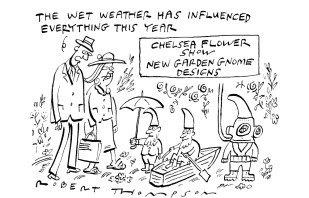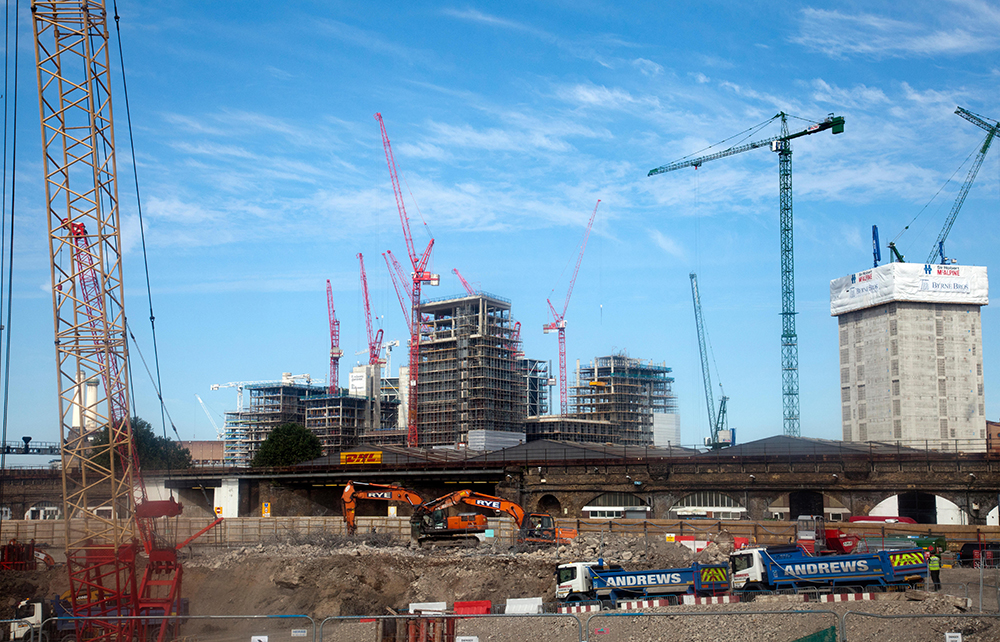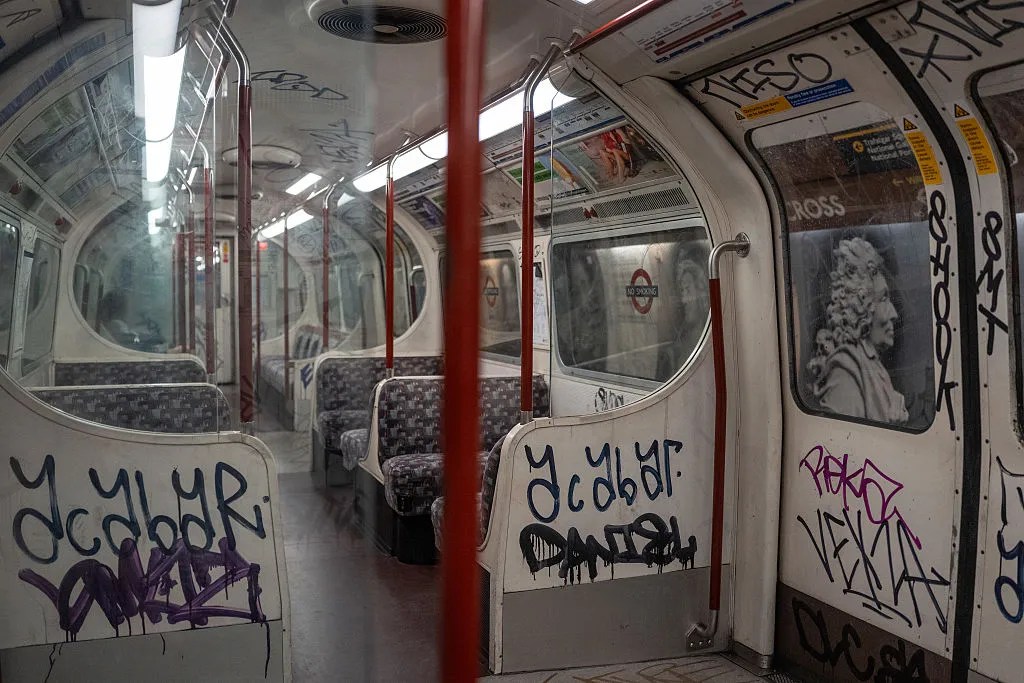Looking around London on the eve of the millennium, it would have been difficult to think that the UK government had an adviser on architectural design. The 1990s had been a dismal decade. Yet such a body existed in the quaintly named Royal Fine Art Commission, refounded in 1924.
The original Commission had been created as a way of giving Prince Albert, recently married to Queen Victoria, something to do – contriving the decorative scheme for the new Palace of Westminster. Fresco, the chosen medium, was not ideal in that damp position beside the Thames since the plaster took three years to dry; and the Duke of Wellington did not help the project by declaring he could not remember having met Blücher on the field of Waterloo, as depicted by Daniel Maclise. When the Prince Consort died, the RFAC as then constituted did not survive him for long.
The name never suited its 20th-century successor. The politicians, civil servants and architects who called it into being were inspired less by Prince Albert than by the United States. Sir Lionel Earle, one of the prime movers, knew America well and admired the United States Commission of Fine Arts, convened to advise the federal government on proposals for Washington. When its chairman was asked if he found the ‘Fine Arts’ element of the name an embarrassment, given the Commission’s focus on architecture, he replied: ‘We would if we ever paid the least attention to it. But we do not.’ Back home, the idea that public taste should be directed by an official body appointed by the state appealed so much to Britain’s first Labour government that it established the RFAC as one of its first actions – although, this being Britain, it had to be Royal.
Who should be on it? In The Battle for Better Design, Robert Bargery reveals that ‘official papers record a series of unsavoury judgments, as unsuspecting artist and architects had their professional and (more often) personal defects examined’. William Lethaby’s vacillation ‘was little short of maddening’. Albert Richardson was cranky (‘we do not want another cockney or another professor’). William Rothenstein had a German name. Given his pre-eminence, Edwin Lutyens was inevitable, as well as being ‘fantastic and frivolous’ – much more fun than Herbert Baker.
Pandora’s Box opened, and out flew Nine Elms Lane and other horrors
to plague humankind
Lutyens remained on the RFAC until his death in 1944, urging that ‘the height of all buildings’ should be reduced ‘to the width of the streets on which they stand and in no case higher than 80 feet, with these heights again ruled by the aesthetic needs of historic buildings’. Alas, his words merely illustrate the impotence of the RFAC. While perhaps managing to lop a storey or two off some offenders and getting others re-sited, they could not prevent the skyline of London from being despoiled, although what seemed outrages at the time were nothing to what would come. Tinkering could not prevent the proposed National Gallery extension in the early 1980s from becoming a ‘monstrous carbuncle’, as the then Prince of Wales famously called it.
The RFAC was at its best when obsessing about the small, if important things of life: street lamps, red telephone boxes, postage stamps, whether to put the equestrian statue of Earl Haig in the middle of Whitehall, near the Cenotaph, or in the Mall, where it wouldn’t obstruct traffic. Margaret Thatcher made the RFAC a plaything for her unlikely friend, the foppish Lord St John of Fawsley. How could she have ignored the obvious candidate? Prince Charles would have fitted the Prince Consort’s shoes to perfection.

After 1997, New Labour made a bonfire of British traditions and the RFAC joined the other institutions going up in smoke. It was replaced by the Commission for Architecture and the Built Environment (CABE), under a property developer who had to resign after a conflict of interest. CABE was in turn scrapped by the Tories. While these shenanigans were going on, successive mayors of London opened Pandora’s Box and out flew Nine Elm’s Lane and other horrors to plague humankind. Any Briton who visits Paris can only regard London as a national shame.
The Battle for Better Design has been reissued (without mention of the fact) to celebrate the centenary of the RFAC’s second foundation. Bargery is the executive director of the Royal Fine Art Commission Trust. Cleverly established by Lord St John, the Trust strives to improve public taste – a hopeless yet noble task. It isn’t the absence of a government commission that explains the sorry state of architecture but the lack of visually informed clients.







Comments